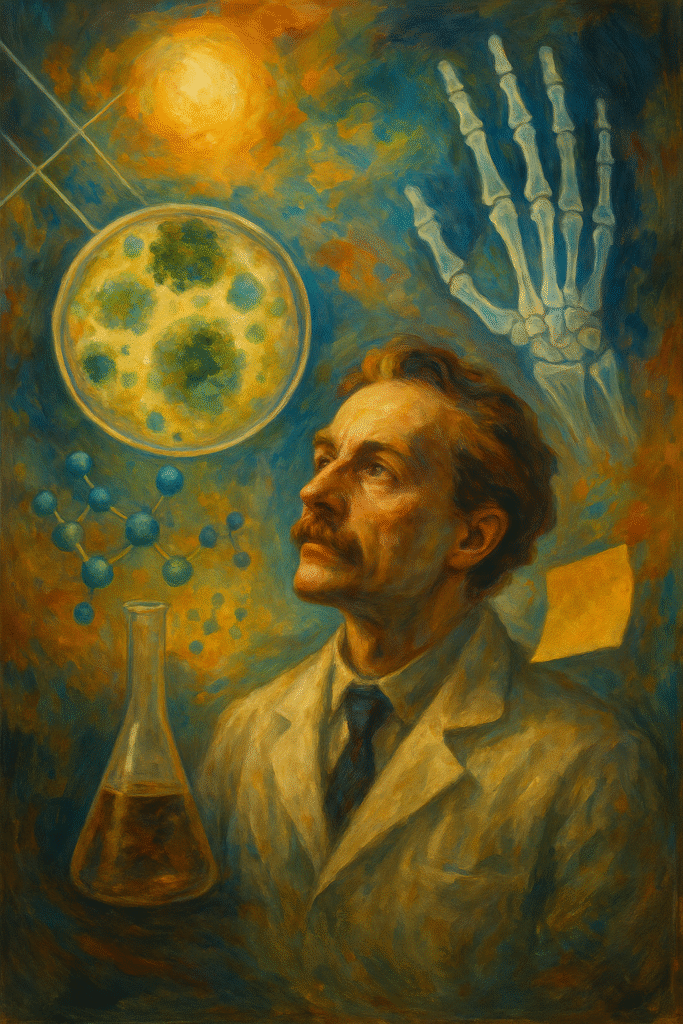Accidental discoveries in science—unexpected breakthroughs that change our world—often happen through sheer chance rather than intention. From medicines like penicillin to everyday items like Post-it Notes, these serendipitous moments underline the crucial roles of creativity and adaptability in scientific progress. Here’s how spontaneous events continue to shape our understanding of the universe.
What Are Accidental Discoveries?
Accidental discoveries, or serendipities, occur as unintended, yet pivotal, scientific breakthroughs. They emerge unexpectedly during other explorations, leading to unprecedented innovations. Notable examples include:
* Penicillin: In 1928, Alexander Fleming discovered penicillin when mold contaminated his petri dishes, paving the way for antibiotics.
* X-rays: Wilhelm Röntgen stumbled upon X-rays in 1895 during cathode ray research, revolutionizing medical imaging.
* Post-it Notes: Spencer Silver’s failed adhesive attempt led to the beloved sticky-note innovation.
These examples illustrate how unintended brilliance can redefine scientific exploration.
How Does Serendipity Impact Scientific Progress?
Serendipity introduces a vital layer to science by facilitating innovation through unexpected results. While structured research creates a foundation, the willingness to explore unanticipated data leads to landmark discoveries.
According to the National Science Foundation, over 33% of major scientific breakthroughs stem from unplanned research outcomes. This highlights the balance between preparation and the capacity to adapt during unexpected findings, fostering an environment where innovative leaps can occur.
Recent Scientific Breakthroughs From Mistakes
In 2023, unexpected scientific advances have underscored the power of mistakes in research. Recent breakthroughs include:
1. CRISPR-Cas9 Innovations: Accidental cross-contaminations in gene-editing trials unveiled new applications, broadening therapeutic possibilities.
2. Vaccine Efficacy Improvements: Trial dosage errors unexpectedly enhanced effectiveness, offering better health solutions.
3. Nanotechnology Advancements: Serendipitous nanoparticle observations led to innovative drug delivery systems, optimizing therapeutic outcomes.
Each scenario epitomizes how embracing errors can propel forward-reaching scientific advancements.
Why is Creativity Essential in Science?
Creativity is not just a byproduct in science; it’s a fundamental driver of innovation. Viewing mistakes as learning opportunities often leads to breakthroughs previously deemed impossible.
Encouraging an open-minded approach invites diverse thinking and the exploration of novel ideas. Over 50% of institutions integrating creative frameworks report improved research outcomes, emphasizing its critical role in scientific inquiry.
Conclusion: Embracing the Unexpected
Understanding the unpredictable nature of scientific discovery encourages humanity to thrive on intuition and intellect. Mistakes often connect dots previously unseen, triggering innovations with lasting impacts. As science advances, embracing serendipity ensures continued growth and insight into our universe.
Let’s celebrate these delightful surprises and continue to support an environment where creativity and curiosity lead the way to the next great discovery.


